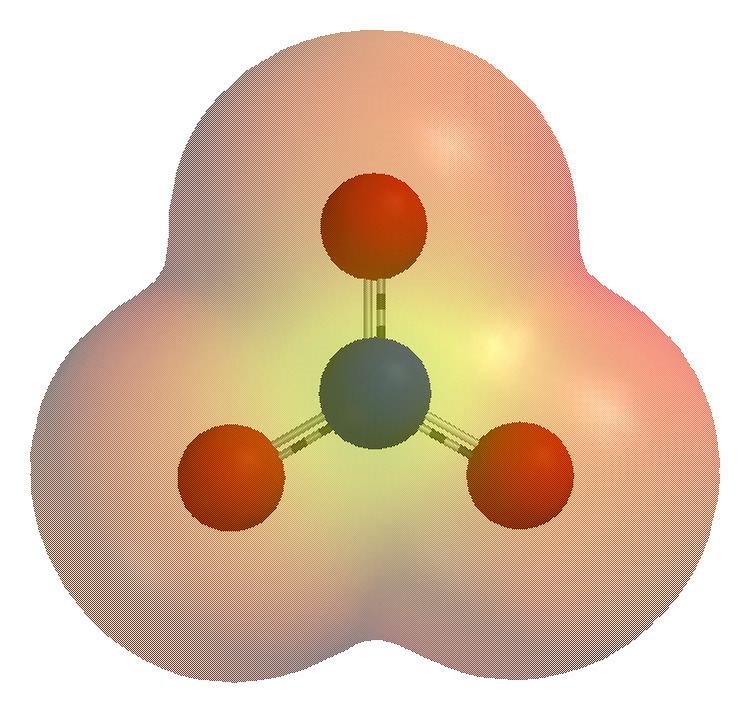 | ||
A polyatomic ion, as a molecular ion, is a charged chemical species (ion) composed of two or more atoms covalently bonded or of a metal complex that can be considered to be acting as a single unit. The prefix poly- means "many," in Greek, but even ions of two atoms are commonly referred to as polyatomic. In older literature, a polyatomic ion is also referred to as a radical, and less commonly, as a radical group. In contemporary usage, the term radical refers to free radicals that are (not necessarily charged) species with an unpaired electron.
Contents
An example of a polyatomic ion is the hydroxide ion; consisting of one oxygen atom and one hydrogen atom, hydroxide has a charge of −1. Its chemical formula is OH−. An ammonium ion is made up of one nitrogen atom and four hydrogen atoms: it has a charge of +1, and its chemical formula is NH+
4.
Polyatomic ions are often useful in the context of acid-base chemistry or in the formation of salts. A polyatomic ion can often be considered as the conjugate acid/base of a neutral molecule. For example, the conjugate base of sulfuric acid (H2SO4) is the polyatomic hydrogen sulfate anion (HSO−
4). The removal of another hydrogen ion yields the sulfate anion (SO2−
4).
Nomenclature of polyatomic anions
There are two "rules" that can be used for learning the nomenclature of polyatomic anions. First, when the prefix bi is added to a name, a hydrogen is added to the ion's formula and its charge is increased by 1, the latter being a consequence of the hydrogen ion's +1 charge. An alternative to the bi- prefix is to use the word hydrogen in its place: the anion derived from H+
+ CO2−
3, HCO−
3, can be called either bicarbonate or hydrogen carbonate.
Note that many of the common polyatomic anions are conjugate bases of acids derived from the oxides of non-metallic elements. For example, the sulfate anion, SO42−, is derived from H
2SO
4, which can be regarded as SO
3 + H
2O.
The second rule looks at the number of oxygens in an ion. Consider the chlorine oxoanion family:
First, think of the -ate ion as being the "base" name, in which case the addition of a per- prefix adds an oxygen. Changing the -ate suffix to -ite will reduce the oxygens by one, and keeping the suffix -ite and adding the prefix hypo- reduces the number of oxygens by one more. In all situations, the charge is not affected. The naming pattern follows within many different oxyanion series based on a standard root for that particular series. The -ite has one less oxygen than the -ate, but different -ate anions might have different numbers of oxygen atoms.
These rules will not work with all polyatomic anions, but they do work with the most common ones (sulfate, phosphate, nitrate, chlorate).
Examples of common polyatomic ions
The following tables give examples of commonly encountered polyatomic ions. Only a few representatives are given, as the number of polyatomic ions encountered in practice is very large.
